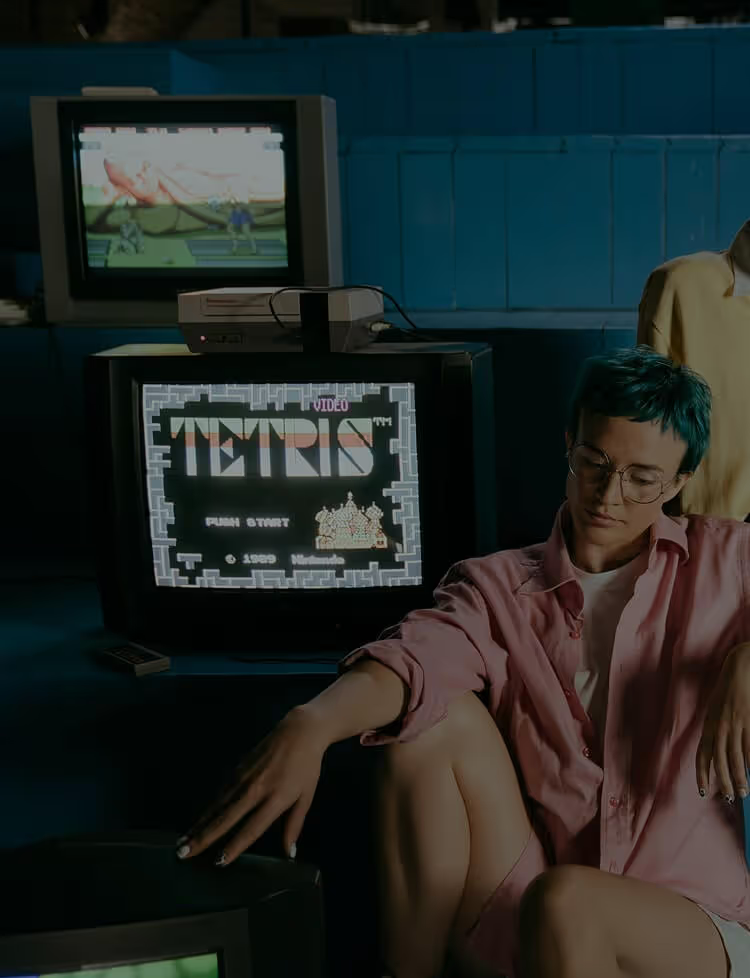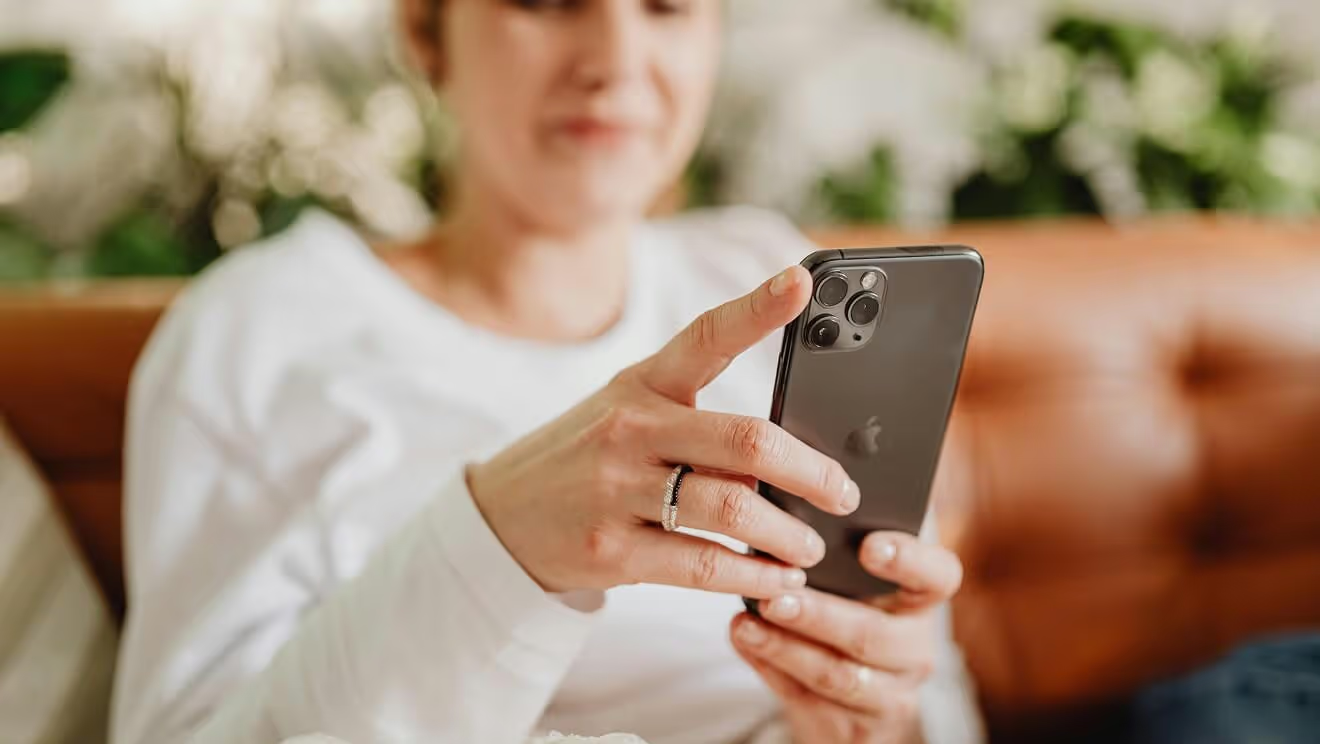From vintage logos to Y2K aesthetics, brands today are leaning way into the past to stay ahead in the present. Welcome to the age of nostalgia marketing: a strategy that taps into fond memories, deep emotions, and cultural throwbacks to build powerful connections.
But this isn’t just a trend. It’s psychology-backed, emotion-fueled marketing that works. Nostalgia increases feelings of social connectedness, optimism, and even willingness to spend. In other words, people are more likely to engage with (and buy from) brands that make them feel something, especially if that feeling comes with a side of childhood joy or ‘90s MTV.
Let’s rewind a bit.
Why Nostalgia Hits Home
Nostalgia marketing isn’t just about cute fonts and retro packaging. It’s about emotional storytelling that bridges the past and present. Whether you’re referencing a beloved era (hello, 2000s glam) or honoring your brand’s original roots, nostalgia helps consumers:
- Feel comfort in familiarity
- Associate your brand with happy memories
- See you as timeless, not trend-chasing

Brands Successfully Riding the Nostalgia Wave
Officine Universelle Buly: Reviving 19th-Century Elegance
Founded in 1803, this Parisian apothecary brand doesn’t just sell beauty products — it sells a portal to the past. With hand-labeled bottles, marble countertops, and an old-world charm that feels plucked from a museum, Officine Universelle Buly invites modern consumers to indulge in timeless rituals.
Their stores are sensory playgrounds: handwritten calligraphy, antique decor, and fragrances with names like "Lait Virginal." It’s high-end heritage, and people can’t get enough.
Augustinus Bader: Science as Heritage
Not all nostalgia is antique. Augustinus Bader has built a cult following by leaning into the legacy of innovation. The brand tells the story of its namesake biomedical scientist and the decades of research behind its patented skincare technology. It's not "retro" but it feels like heritage. That storytelling gives the brand an air of prestige and permanence, even as it launches new products.
Nintendo: Pixel-Perfect Throwbacks
Few brands tap into childhood memories quite like Nintendo. Whether it’s rebooting classics like Zelda or launching nostalgic merch collabs (looking at you, Levi’s x Mario), Nintendo thrives by evolving its IP while staying true to its roots. Even new platforms like the Switch include retro games in their online libraries, ensuring longtime fans stay plugged in.
McDonald's: Celebrating Iconic Characters
In 2023, McDonald's brought back Grimace, one of its classic characters, to celebrate his birthday. The campaign featured a limited-edition purple shake and an 8-bit video game, tapping into 90s nostalgia. The result? Over 19 million views on TikTok and a renewed interest in the brand from both old fans and new customers.
Santa Maria Novella: Centuries of Craftsmanship
This Florence-based brand dates back to 1221. Yes, you read that right. Santa Maria Novella leans heavily into its centuries-old legacy, using monastic recipes and traditional techniques to create soaps, lotions, and colognes with serious cultural cachet.
One fan favorite? Their cologne "Nostalgia," which literally smells like vintage leather seats and engine oil — a tribute to classic Italian racing. Talk about a niche throwback!
Barbie: Pink, Plastic, and Powerful
2023’s Barbie movie wasn’t just a blockbuster, it was a masterclass in brand nostalgia. Mattel blended decades of Barbie history with sharp storytelling and modern messaging. The result? A $1B+ film, viral pink everything, and a massive boost to Barbie sales. Barbie reminded us who she is (and always was) while introducing herself to a new generation.
Y2K Revival: Nostalgia Meets Trend Cycle
Let’s not forget the broader Y2K aesthetic revival. Brands across fashion and beauty like Juicy Couture, Hard Candy, and Tarte Cosmetics are capitalizing on the early-2000s comeback with limited drops and nostalgic packaging. It’s not always about your own brand’s history; sometimes, it’s about channeling the cultural moments your customers miss most.

So… Should Your Brand Lean into the Past?
If it’s authentic, yes.
Not every brand has 800 years of history, but you do have origin stories, product evolutions, and customer moments worth resurfacing. Nostalgia marketing works best when it’s rooted in truth and layered with intention.
Here’s how to do it well:
✅ Highlight your brand’s firsts (launch day, OG product, early packaging)
✅ Resurface archive content + reimagine it for today
✅ Celebrate cultural moments your audience remembers fondly
✅ Use storytelling to make the old feel new again
Because sometimes the best way to move forward is to look back. 🚀









